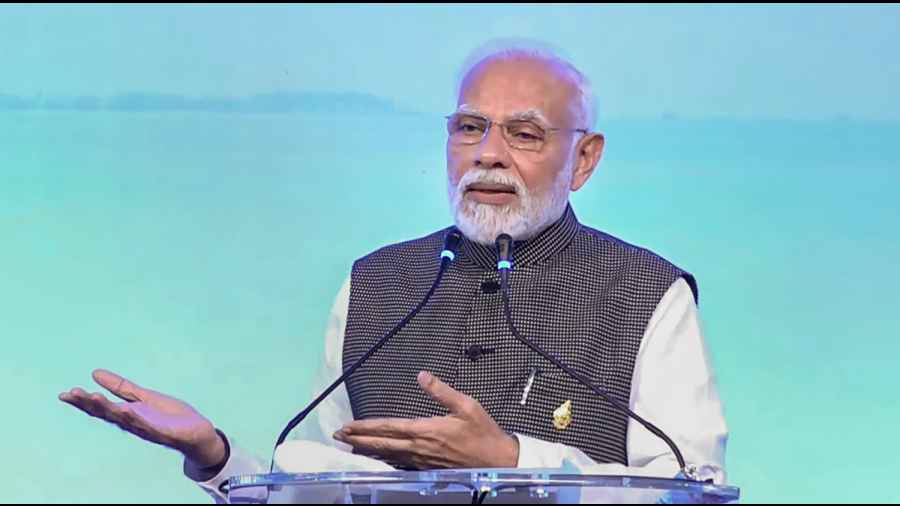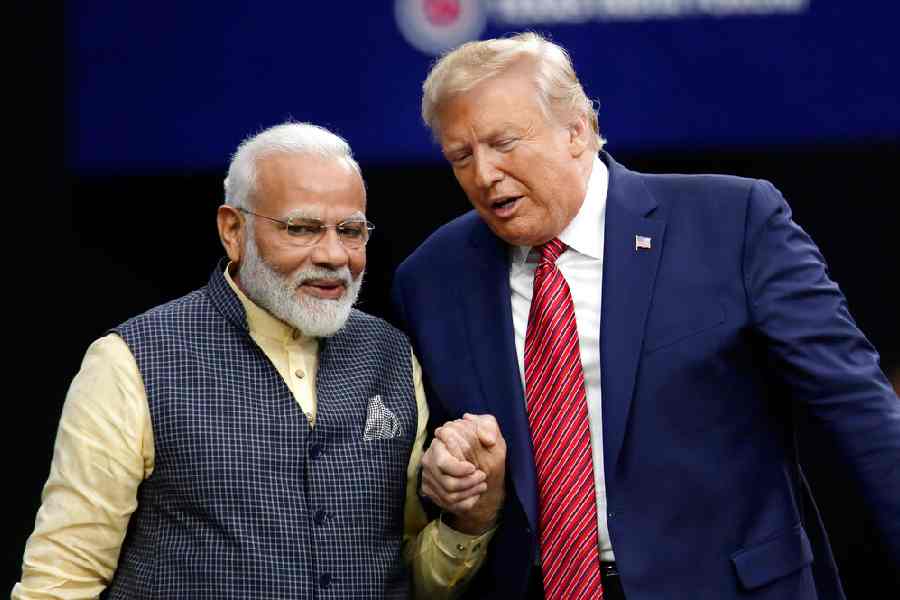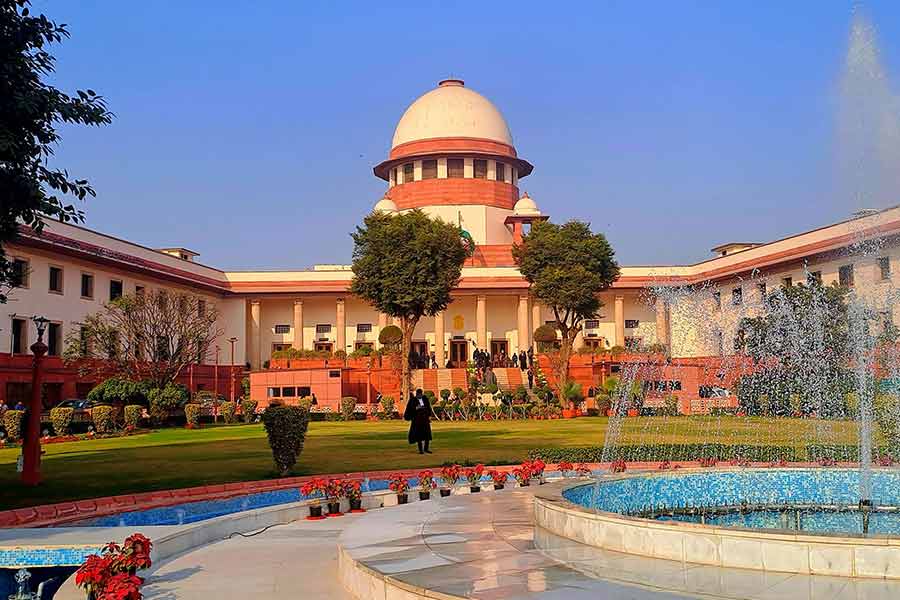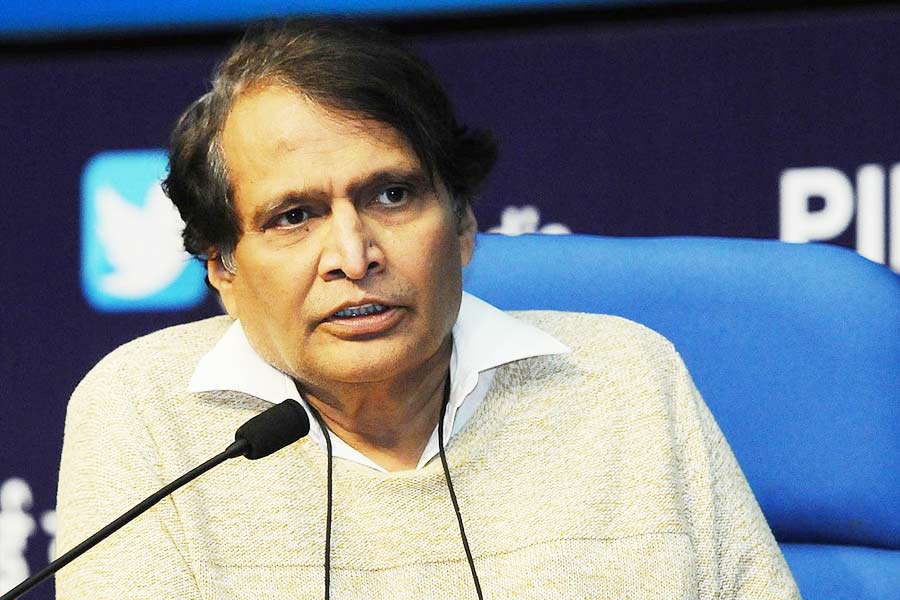It is a common misconception to confuse dictatorship with fascism. The two overlap but are not the same. The Marxist vision of the ‘dictatorship of the proletariat’ talked of the dictatorship of a class, in effect of a party, but often ended up with a supreme leader as the party in power becomes subservient to an individual. Fascism invariably has a supreme leader moulding the party.
While the common element of dictatorship and fascism is individual authoritarianism, the authoritarian tendencies are strengthened in fascism invariably by creating the perception of an enemy. For fascism to work, the danger of an enemy has to loom large. It is an essential condition.
However, the idea of an enemy as the Other cannot remain just a cultural construct. Its aggressiveness arises from making this enemy so dangerous as to pose an existential threat to ‘us’. Both V.D. Savarkar and M.S. Golwalkar singled out Muslims and not the British colonialists as that existential threat to Hindus. Fascism takes root only when a large section of the targeted population is won over by this perception of an existential threat. This means that it cannot be restricted to ‘them versus us’ only in the cultural sense. It is simply not a matter of difference in religion, ethnicity or identity. ‘They’ must pose an existential threat to ‘us’.
State repression and violence become necessary to eliminate this existential threat to the majority. However, the enemy may be external or internal. When the two are fused into one, the base for fascism becomes stronger. If the enemy is another nation, we require muscular nationalism. If the enemy is internal, extensive internal surveillance and repression of dissent from journalists, academics or other parts of civil society become necessary. Muscular nationalism is combined with hate speeches and songs preparing ‘us’ for unleashing violence on ‘them’. ‘National security against terrorism’ is the name of the game that is played on the internal and external fronts. The fascist government reserves the right to define ‘national security’ and also ‘terrorism’. This justifies the manipulation of the Constitution and law as collateral damages in the service of containing this existential threat.
How has it played out in India? The Godhra incident, whose origin remains shrouded in mystery, was presented as proof of the threat that Muslims posed to devout Hindus. The ‘surgical strike’ at Balakot was an expression of our alert muscular nationalism against Pakistan. The external and internal threats were conveniently fused together as different aspects of Muslim ‘terrorism’ from which the government saves ‘us’, the Hindus.
Many enthusiasts believe that Muslims in India are deliberately upsetting the demographic balance to destabilise majoritarian Hindu democracy. While these beliefs might sound lunatic, their consequences are often tragically violent, such as the lynching of Muslims, violence against churches for alleged conversion, the bogey of ‘love jihad’.
Neither State repression nor hyper-nationalism is sustainable without an economic support base. The entanglement of big business in the mass propaganda machinery requires the media to serve doctored news. Hitler’s information minister said that people would believe that a square is a circle if you repeat it often enough. There is no reason why people cannot be made to believe great things were achieved by Modi, including his fight against black money, his wisdom of sudden demonetisation (the destruction of innumerable livelihoods in the informal sector notwithstanding), the sudden lockdown during the pandemic along with his initial advice of lighting candles and banging kitchen utensils to keep away the pandemic. India’s growth story has been similar if you consider growth not merely as a GDP number but the state of economic well-being of ordinary citizens. Natural resources were handed over at heavily subsidised prices to a few favoured corporations while the environment was degraded and poor people lost homes and livelihoods. There has been no success in creating jobs or alternative livelihood, no improvement in health, education and nutrition, except at the whimsical charity of the great leader. This expression of fascism in presenting the leader as the sole benefactor of the people brings to mind a story told of Hitler. In a party meeting, he took a chicken and began plucking its feathers out one by one. Then he put the bald creature on the ground, took out some grains from his pocket, and started dropping them one by one on the ground. The helpless chicken followed him as it gratefully picked the grain seeds dropping from Hitler’s hands. Pointing to the chicken, he said to his followers, “this is our public”.
Gautam Adani spoke the truth that the devastating report of the financial firm, Hindenburg Research, was an attack not on him but on India. He only forgot to mention that this was an India of a few billionaires who are supporting Modi.
The Hindu rashtra project championed by Modi started with ‘Resurgent Gujarat’ after the riots in 2002. It shocked many who found ‘governance’ based on the hatred of Muslims to be unacceptable. However, the then little-known Adani stood by the chief minister and, together with him, created a business model in which highly-favoured business deals from the state government seamlessly merged into communal politics. This ‘Gujarat model of growth’ became increasingly reckless in the hands of Adani whose domain increased manifold, from ports and airports to power and much more, till Adani became the third-richest person in the world. Investigative journalists like Paranjoy Guha Thakurta and Ravi Nair published articles, pointing out how crooked the growth business had become. They had little impact. The electoral success of a majoritarian saffron democracy with Modi as its supreme leader rolled on, silencing critical and dissenting voices.
This might have been the ultimate story of neoliberalism lauded by the International Monetary Fund and the World Bank where the State fiercely promotes private business to bring growth to India counterposed against China’s growing economic and business might. But it turned out to be only a rising hot air balloon, which suddenly burst when the alleged truth came out about the nature of Adani’s businesses. Gone is the business model and shaken is the voice of the nationalism that promoted it. Indian institutions, which were mobilised to serve this model, are paralysed. They are awaiting instructions from his Master’s Voice. That voice is cracked, but continues.
Elections are coming; first in several states and then at the Centre. How much will actually change lies in the future. Will the party in power change with the atmosphere of toxic hate subsiding somewhat? Or is there a political formation that can put forward a different model of economic growth, which does not depend on a handful of big business houses?
Amit Bhaduri taught Economics in various universities around the world











